The great songwriter Leonard Cohen once said: “If I knew where the good songs came from, I’d go there more often.”
Videos by American Songwriter
Sometimes, it really is as simple as that—for as much time as you spend sharpening your skills, a great song idea can be a rather elusive thing to pin down, and it just might pop into your head entirely out of the blue. That’s what happened to Latin pop superstar Luis Fonsi one morning back in late 2015.
“I woke up with ‘Despacito/ na na na na na na Puerto Rico/ na na na na na na ay, bendito’ in my head—that’s all I had,” he told GQ. “I literally ran to my studio and made sure I recorded that before I forgot.”
At the time, Fonsi knew that he had a pretty solid idea, but he never would’ve guessed that it would eventually grow into one of the biggest songs in history—as of 2021, “Despacito” is an RIAA-certified x13 Platinum hit and between Spotify and YouTube alone, it has over 9 billion streams. It’s credited with being the inciting spark of the ongoing wave of reggaeton popularity worldwide, it’s been celebrated by everyone from Joe Biden to Justin Bieber (who appeared on the remix) and its music video is the second most-watched YouTube video of all time.
But on that morning in 2015, it was just another song idea in Fonsi’s folder.
See, Fonsi had first hit the Latin pop scene in the late ‘90s and, over the years, built up a name for himself for impassioned ballads like “Imagíname Sin Ti,” “¿Quién Te Dijo Eso?” “No Me Doy Por Vencido” and more. But when he met up with co-writer Erika Ender and showed her the rough draft, they both knew it needed to go in a new direction. “We knew that it had to be urban fusion,” Ender told ABC News in 2017. “That’s what’s going on right now.”
Together, Fonsi and Ender fleshed out the idea with a Cumbia-style feel, writing lyrics that reflected the blossoming of an uber-passionate—and respectful—love affair. The lyric for the first verse leading into the first chorus demonstrate that. Here they are in the original Spanish with an English translation:
Original Spanish:
Oh, tú, tú eres el imán y yo soy el metal
Me voy acercando y voy armando el plan
Solo con pensarlo se acelera el pulso (oh yeah)
Despacito
Quiero respirar tu cuello despacito
Deja que te diga cosas al oído
Para que te acuerdes si no estás conmigo
Despacito
Quiero desnudarte a besos despacito
Firmar las paredes de tu laberinto
Y hacer de tu cuerpo todo un manuscrito (sube, sube, sube)
(Sube, sube) Oh
English translation:
You, you’re the magnet and I’m the metal
I am getting closer and making a plan
Simply thinking about it makes my heart race (Oh yeah)
Slowly
I want to breathe in your neck slowly
Let me murmur things in your ear
So that you remember if you’re not with me
Slowly
I want to undress you in kisses slowly
Firmly in the walls of your labyrinth
And of your body, I want to create a manuscript
Up, up
Up, up, up
Certainly celebrating the physical magnetism of an impassioned connection, Fonsi and Ender went through great lengths to get the tonality exactly where they wanted it. “I told him, ‘Why don’t we talk about a man who is trying to get to a woman in a very nice way?’” Ender explained. “This genre is normally very aggressive towards women, but this song is very respectful.”
Once they had all the bones in place, Fonsi took the song to his producers, Andrés Torres and Mauricio Rengifo, who swapped out the Cumbia feel for a stronger beat, more akin to reggaeton. With that brewing, the team decided to bring in a featured artist to up the ante—Daddy Yankee, the “King of Reggaeton,” was an obvious choice. Fonsi called him up, he said yes, he did his part, they reworked the tune a bit to incorporate the new ideas, and just like that, the original version of “Despacito” was born.
Hitting DSPs on January 12, 2017, within just a few months the song was a major hit throughout Latin America… which is how it got on the radar of Justin Bieber. At a club in Columbia, the Canadian pop star heard it and saw how powerful the reaction from the crowd was—just a few days later, his team got Fonsi on the phone with the idea for a remix.
“I was like ‘Yeah, let’s go for it!’” Fonsi said. “We sent him the session and they were like ‘Yeah, he’s going to record it tonight—he knows what he wants to do and he’s just going to do it.’ I was like ‘Cool! Send us whatever he does, let’s see what happens.’ The next night, I got his version—I was thinking that he was going to do an English version. I hear it and there’s a new verse in the beginning, but when the chorus starts, it’s ‘Despacito, Quiero respirar tu cuello despacito.’ I was like, ‘What? That’s gold!’ He didn’t really change it up, he just added the right ingredients, which took the song to the next level.”
That was the point where “Despacito” really started taking off worldwide—it reached No. 1 in 47 countries, smashing records and breaking down barriers for Latin artists. Since 2017, Daddy Yankee has remained in the upper echelon of the international music scene, at times being the most-streamed artist in the world—joining him are other Latin pop and reggaeton stars, like J. Balvin, Bad Bunny, Karol G, Nicky Jam, and more. Even in the non-Latin pop world, reggaeton and other styles have become incorporated into the everyday vernacular of producers of all stripes.
“It wouldn’t be much of an exaggeration to say that the dembow rhythm found in reggaeton has become the foundation of most modern pop,” Emile Figgins, an engineer for Nashville’s Sound Emporium studio, said. “Rihanna laid an early foundation with tropical house and Dancehall stuff, but now after ‘Despacito,’ you can see those influences in everything from Ed Sheeran to Ariana Grande, Dua Lipa and more. ‘Despacito’ wasn’t a freak hit—it was the natural next step for all of this energy.”
For his part, Fonsi is incredibly proud of what he and his team accomplished. “I’m mostly proud of the fact that I was part of a song that really broke the language barrier,” he said. “I’m still shocked. There are people in Russia singing and dancing to this song, even though we’re so different culturally. I think that it’s so beautiful that everyone can love this song.”
Listen to Luis Fonsi’s megahit “Despacito” below:
Photo by Jason Koerner/Getty Images for iHeartRadio

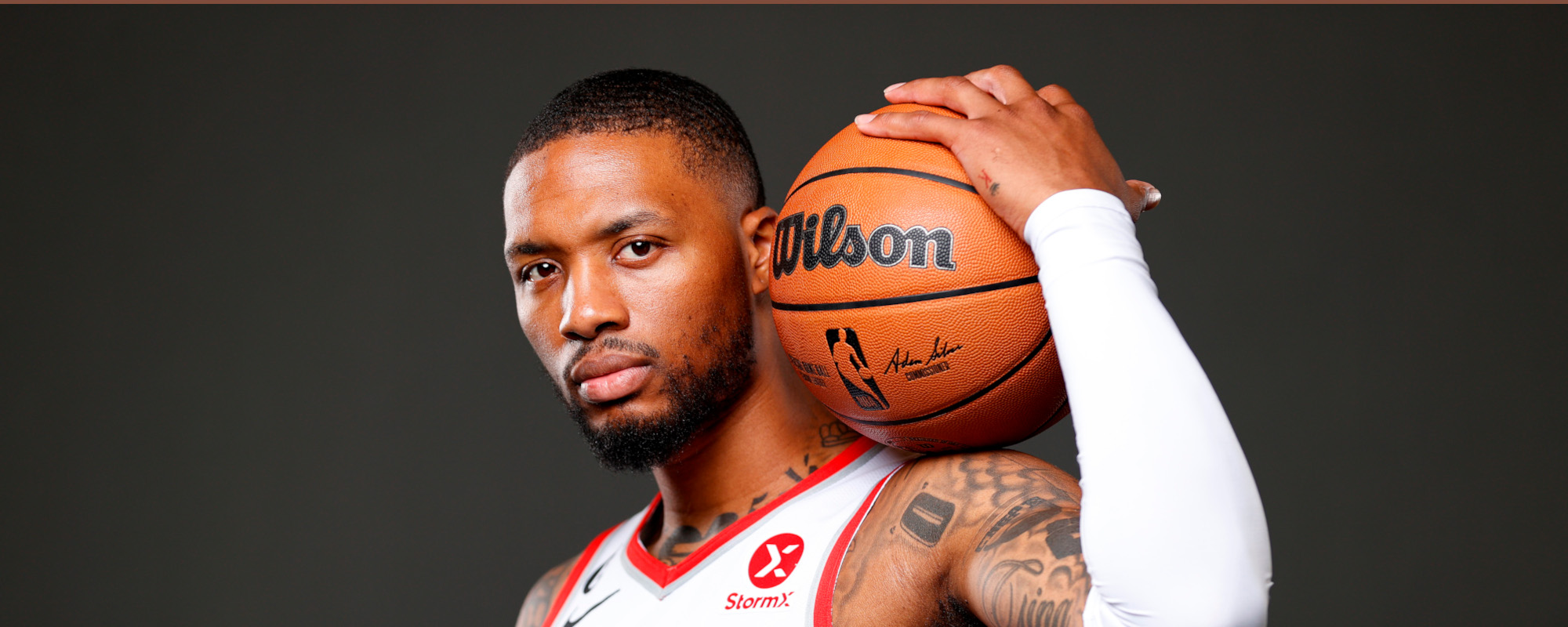

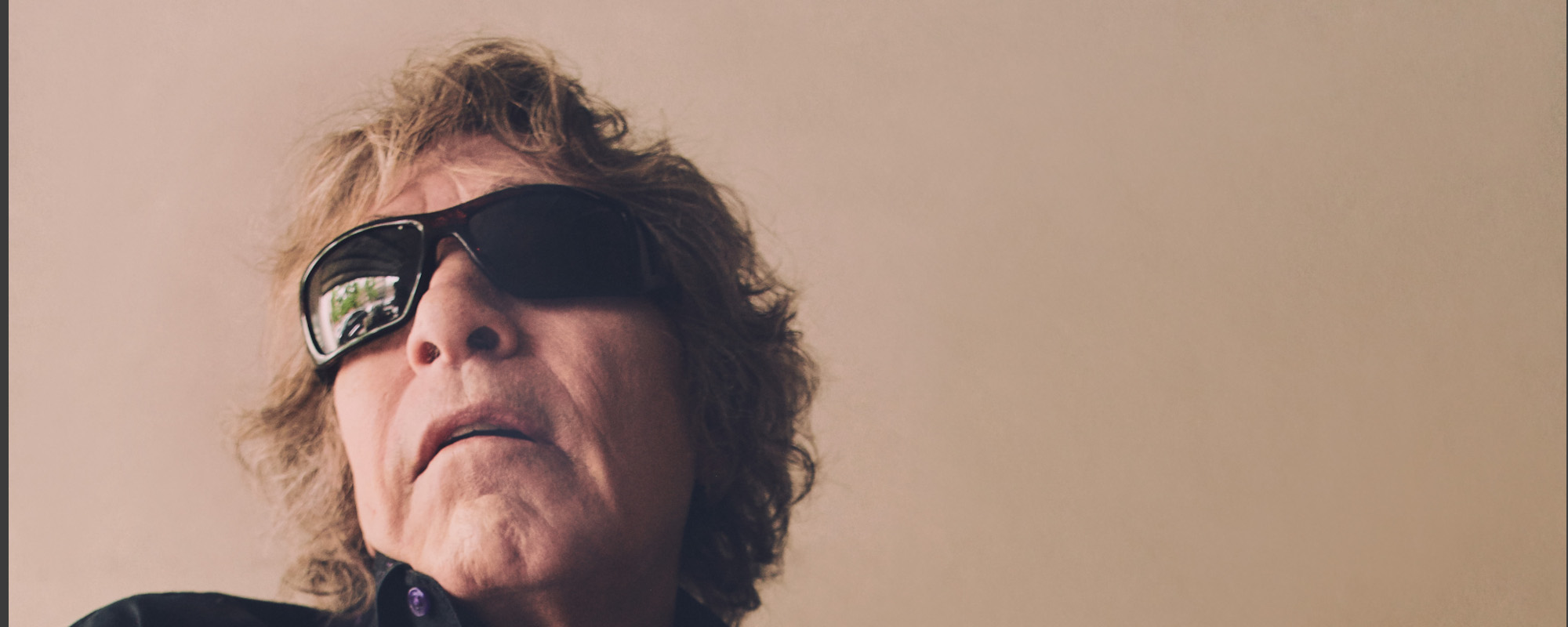
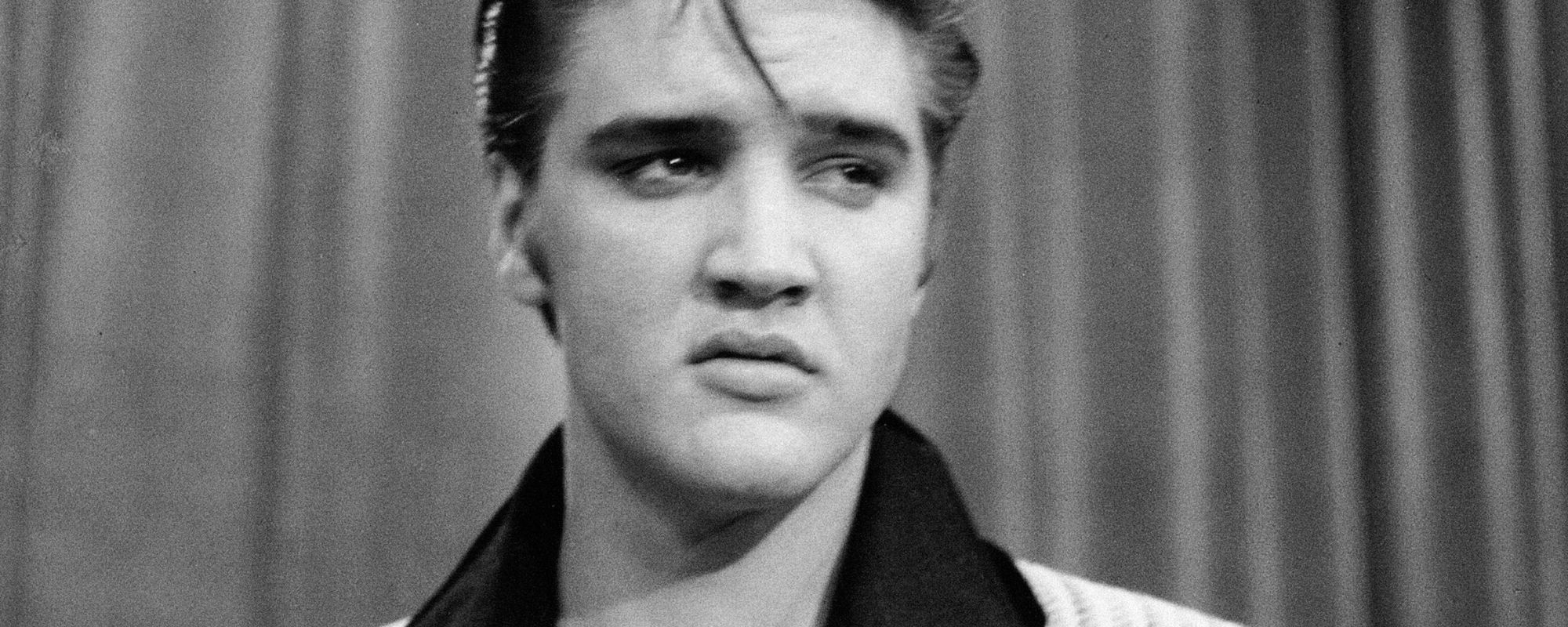
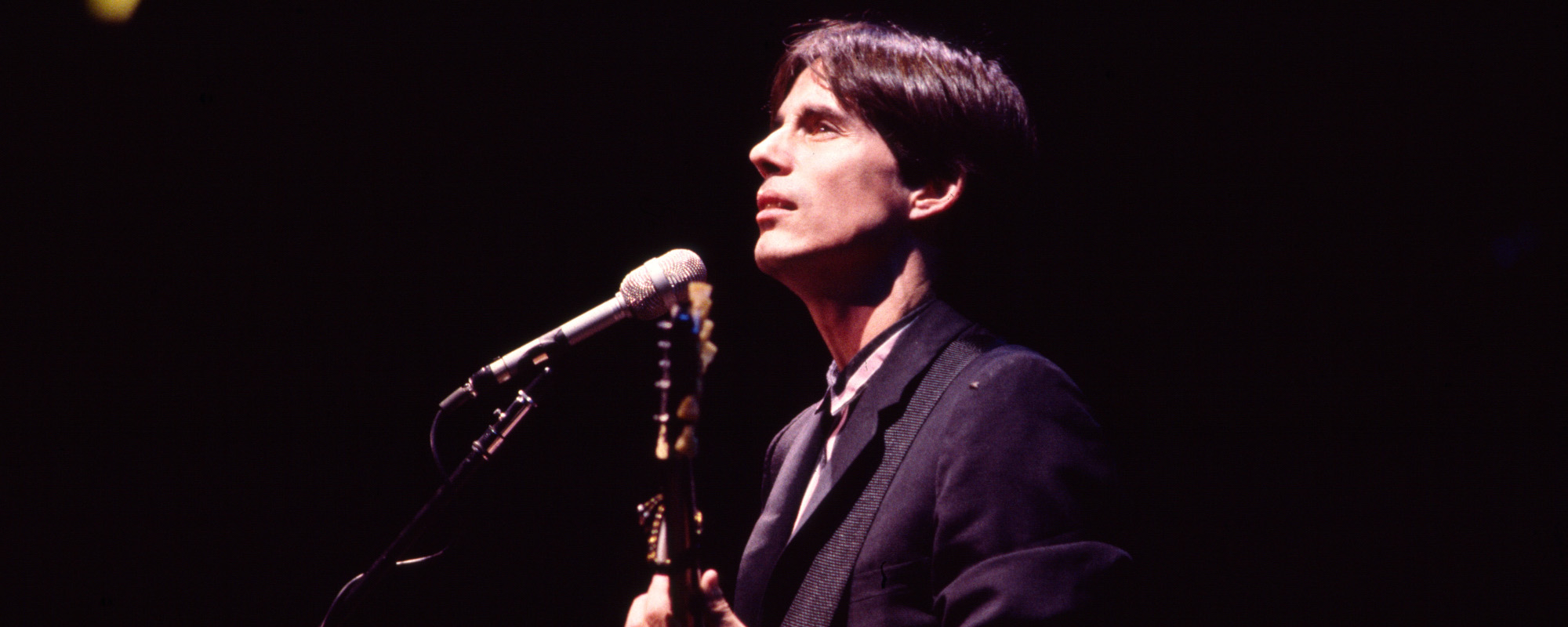
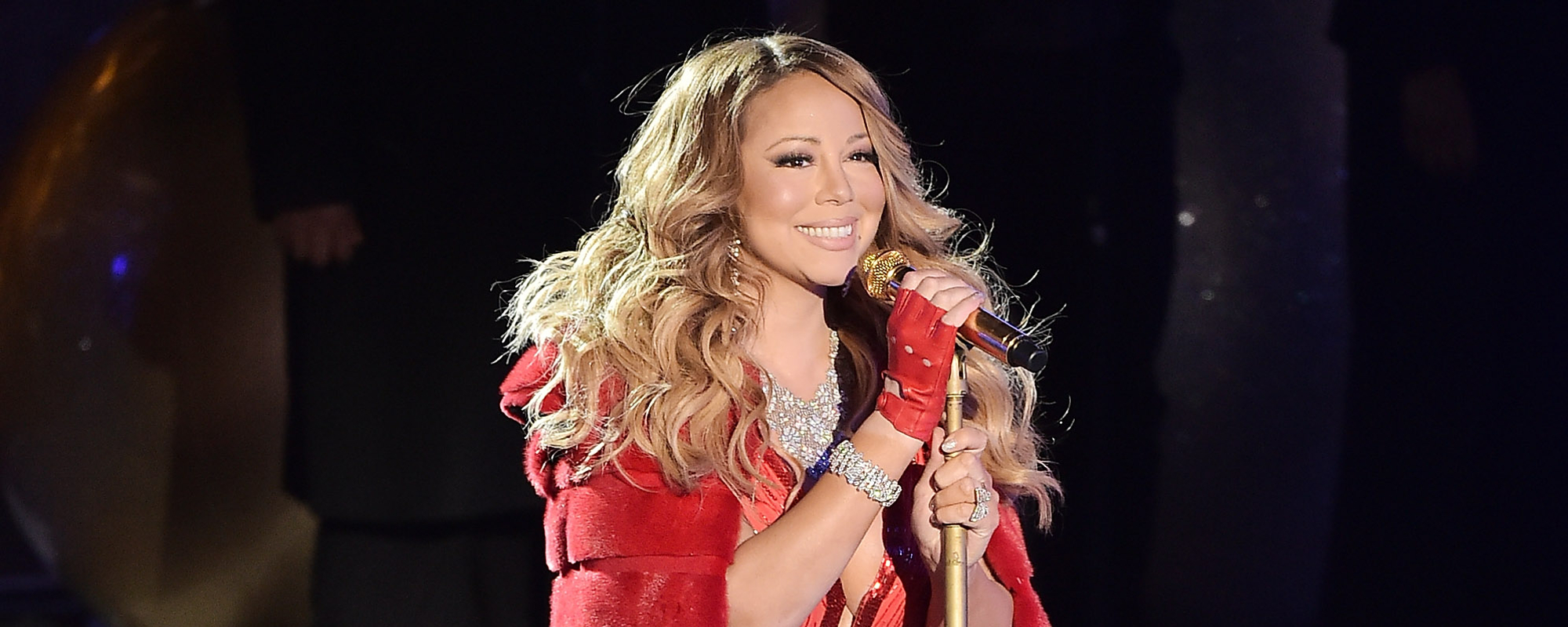






Leave a Reply
Only members can comment. Become a member. Already a member? Log in.